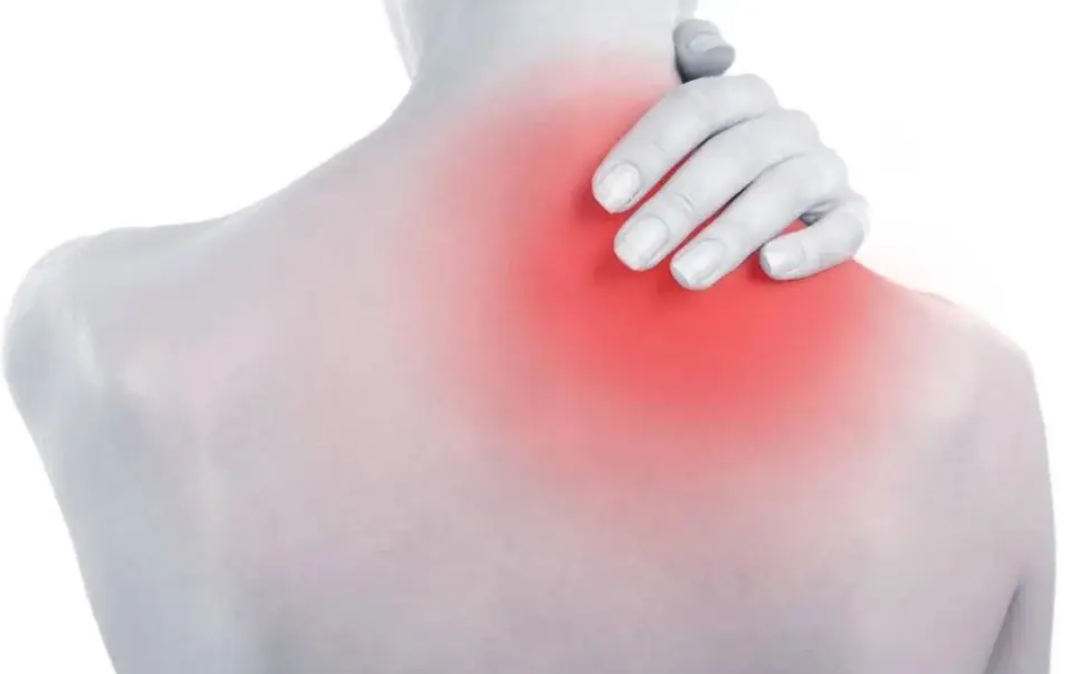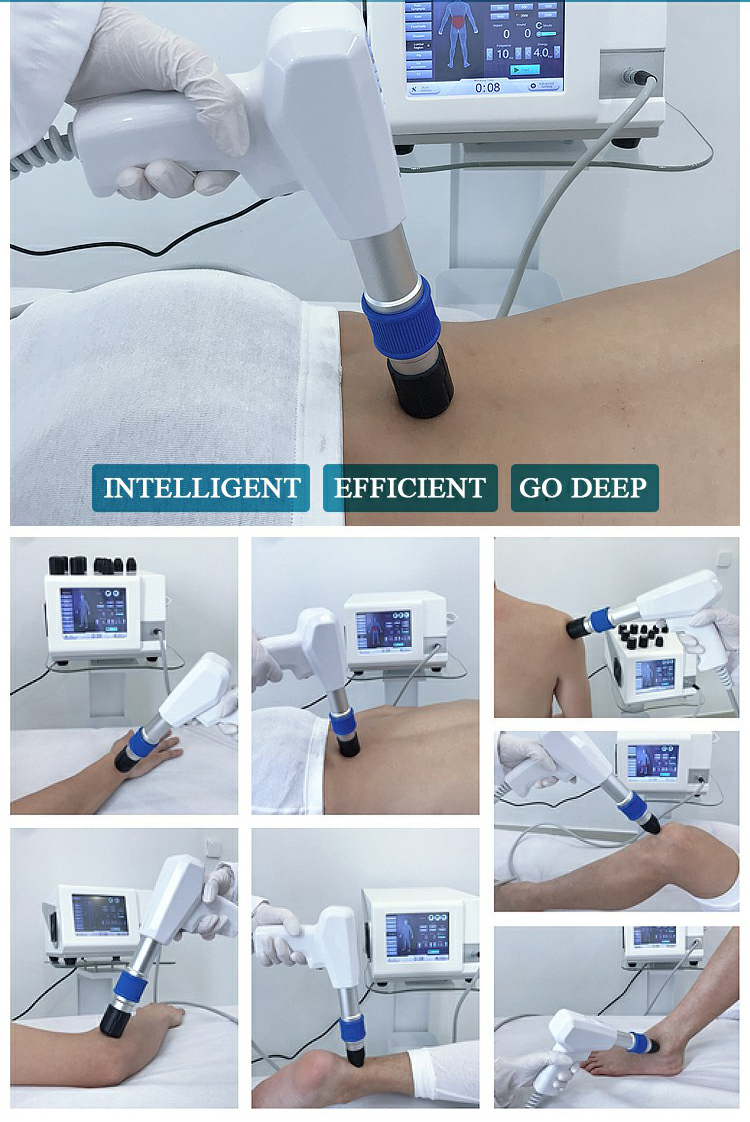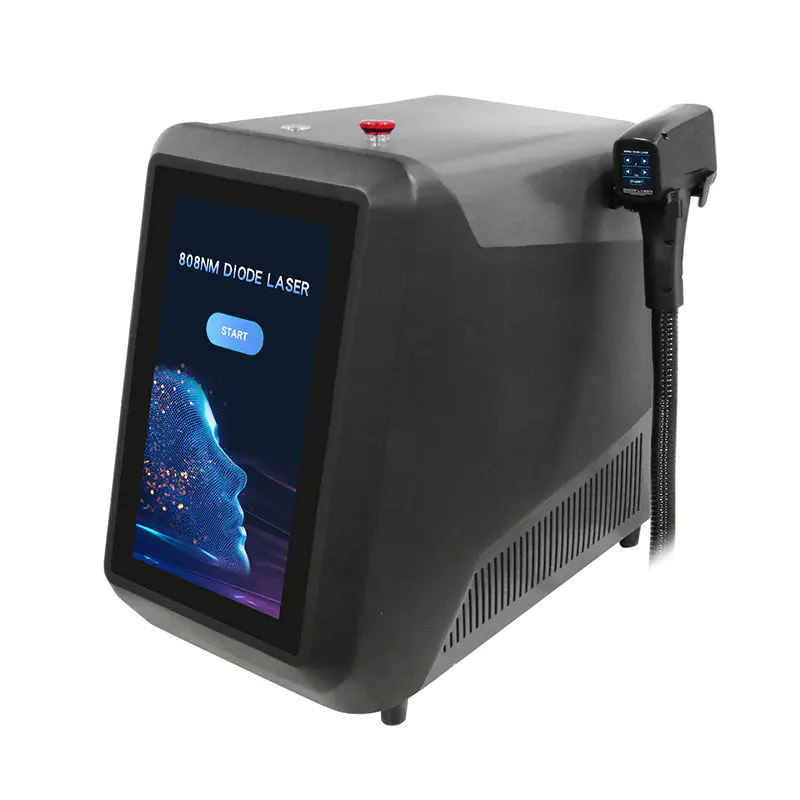Is Shockwave Therapy Machine Effective for Pain Relief?
2024-12-11
Periarthritis of the shoulder is more common in middle-aged and elderly women. It is characterized by complex disease and recurrent attacks, which seriously affects the daily shoulder activities of patients. Shockwave therapy machine is a new technology in rehabilitation medicine. It has the advantages of non-invasive, effective and safe. It is more commonly used in diseases such as periarthritis of the shoulder, heel pain and osteoporosis. A domestic hospital selected 30 patients with periarthritis of the shoulder as research subjects to study whether shock waves can really effectively relieve pain.

1. Time: April-October 2024
2. Research subjects: 7 males and 8 females in the control group, aged 43-62 years old; 6 males and 9 females in the observation group, aged 44-64 years old.
3. Research methods:
The control group used conventional treatment, pain point acupuncture and bloodletting cupping treatment. The treatment site was the pain point of the patient's shoulder flexion and extension, traction and pressing. The treatment was 4 times a week, and 1 course of treatment was 4 weeks.
The observation group was given extracorporeal shock wave therapy on the basis of conventional treatment. The conventional treatment was the same as that of the control group. The most painful body part of the patient was treated with Shock Wave Physiotherapy Machine. The frequency of the instrument was set to 8-10 Hz, 5-10 minutes each time, and the number of shock waves was 2000 times. The treatment was twice a week, and 2 weeks was a course of treatment.
4. Observation indicators
(1) The Constant-Murley shoulder score was used to evaluate the patient's shoulder joint recovery, including pain, daily activities, joint range of motion, and muscle strength. The score was 100 points. The higher the score, the better the patient's shoulder joint recovery.
(2) The numeric pain rating system (NRS) was used to evaluate the patient's subjective pain experience. 0 points represented no pain and 10 points represented severe pain.
5. Research results:
(1) Comparison of Constant-Murley scores between the two groups before and after treatment
| Group | Number of people | Before treatment | 2 weeks after treatment | 6 weeks after treatment | 12 weeks after treatment |
| Control group | 15 | 41.06±2.74 | 50.38±3.42 | 57.31±3.16 | 65.12±6.45 |
| Observation group | 15 | 40.36±2.69 | 56.23±3.08 | 63.08±4.92 | 75.25±6.42 |
As can be seen from the table above, the Constant-Murley scores of the observation group at 2 weeks, 6 weeks, and 12 weeks after treatment were higher than those of the control group.
(2)Comparison of NRS scores between the two groups of patients before and after treatment
| Group | Number of people | Before treatment | 2 weeks after treatment | 6 weeks after treatment | 12 weeks after treatment |
| Control group | 15 | 8.47±0.62 | 7.66±0.15 | 5.26±0.42 | 2.46±0.15 |
| Observation group | 15 | 8.26±0.32 | 6.35±0.42 | 4.25±0.38 | 1.69±0.42 |
As can be seen from the above table, the NRS scores of the observation group at 2 weeks, 6 weeks, and 12 weeks after treatment were lower than those of the control group.
The above results show that extracorporeal shockwave therapy for frozen shoulder can relieve patients' shoulder pain and promote the recovery of patients' shoulder joint movement disorders as soon as possible. The main reasons are: 1. According to statistics, the success rate of extracorporeal shock wave in effectively relieving frozen shoulder pain is 30%-85%, mainly by using the high pressure, short cycle and high frequency characteristics of sound waves to achieve the purpose of treatment. Through sound wave therapy, it can affect the local pain points of bones and joints and surrounding tissues, thereby vibrating tissue molecules to improve pain tolerance. 2. The shockwave probe has a high-frequency effect, and its sound wave shock wave can produce different tensile stress or compressive stress through different tissue media. It is non-invasive to penetrate soft tissues, and it can relieve the continuous contraction of muscles, thereby inducing inter-tissue loosening.

In summary, for patients with frozen shoulder pain, shockwave therapy machine can help relieve shoulder pain and promote limited recovery of shoulder joint function, and its clinical effect is more obvious.























